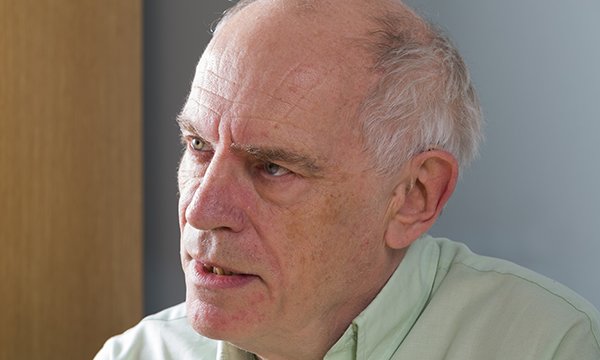Grenfell: Finding and treating the bereaved and the witnesses

Outreach workers are attempting to trace all those who may be living with the symptoms of post-traumatic stress disorder
- Nurses were among the first on the scene, and are still on the ground now
- Systematic searches are enabling outreach workers to trace the thousands of people at risk of post-traumatic stress disorder
- Home visits combine health education with mental health screening
Nurses played a key role in the NHS response to the Grenfell fire from the outset.
One of the first healthcare workers on the scene of the blaze was palliative care nurse Simone Williams, who helped the ambulance crews that night.

Mental health nurses went into emergency departments (ED) looking for known patients on their caseloads to provide support.
Other nurses went to EDs to help discharge non-Grenfell patients and create capacity – and nurses have continued to play a key role ever since in the outreach team and beyond.
‘Our nurses have been extraordinary’
Central and North West London NHS Foundation Trust chief executive Claire Murdoch says: ‘In those first few days and weeks people were working 18-hour shifts, seven days. Our staff could not step back. They were part of the story and they felt their skills were needed. They were extraordinary.’
‘Our staff could not step back. They were part of the story’
Claire Murdoch
She recalls how school nurses were due to go into local schools to do eye tests and universal checks – some of which they still did to maintain a sense of normality.
‘Suddenly they were part of this, working alongside the school team, to just get an arm around these children,’ Ms Murdoch says.
The mammoth task of identifying those in need
‘Imagine you have 11,000 people to find and you don’t know anything about them,’ says Grenfell outreach team manager Emma Kennedy.
‘One of the biggest problems we have had so far is mapping out.
‘We had to cluster them all. Mapping lists from local authorities, the Post Office and trying to cross-reference them all.’
It was a mammoth task. Not least because of the numbers involved but also because of the dispersal of people after the fire.
20-50
households a day are visited for screening
‘For the survivors and the bereaved we have local authority lists. For the witnesses we have addresses rather than names,’ she says.
For the witnesses the team undertakes a PTSD street-screening programme of between 20 and 50 properties per day.
‘We go and knock on people’s doors and say what was your life like before and after the fire and try to screen them in their homes,’ Ms Kennedy says.
Home visits can take a long time – 40 minutes for mental health education and 50 minutes for PTSD screening.
Continuing support for the bereaved
The bereaved account for up to 600 people, with bereaved families having arrived from abroad too. The assistance centre in Holborn, run by Victim Support and the charity Cruse Bereavement Care, has been managing the families’ needs. Many families have been given visas with two years’ leave to remain by the Home Office.
Grenfell chief psychologist John Green adds: ‘We systematically searched through online databases for patients who were in treatment or who had been treated recently or who were in the process of referral and made sure we saw those as early as possible.
‘We set up a single point of entry – a telephone helpline. We got that up on the first day and got NHS 111 to send through calls.’
More in this series – Grenfell: six months on
- Analysis – The team bringing hope of recovery to the community
- Timeline – Charting the healthcare response
- Case study – Screening local residents for symptoms of post-traumatic stress disorder
- Podcast – On site at Grenfell
- Care contacts – Residents’ contacts with the NHS
- Gallery – 6 months on in pictures

